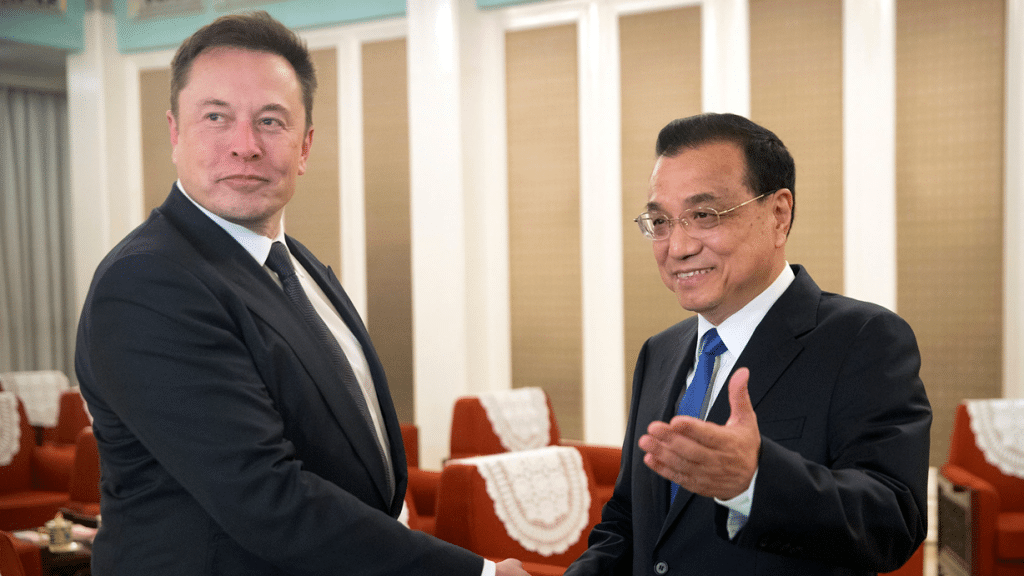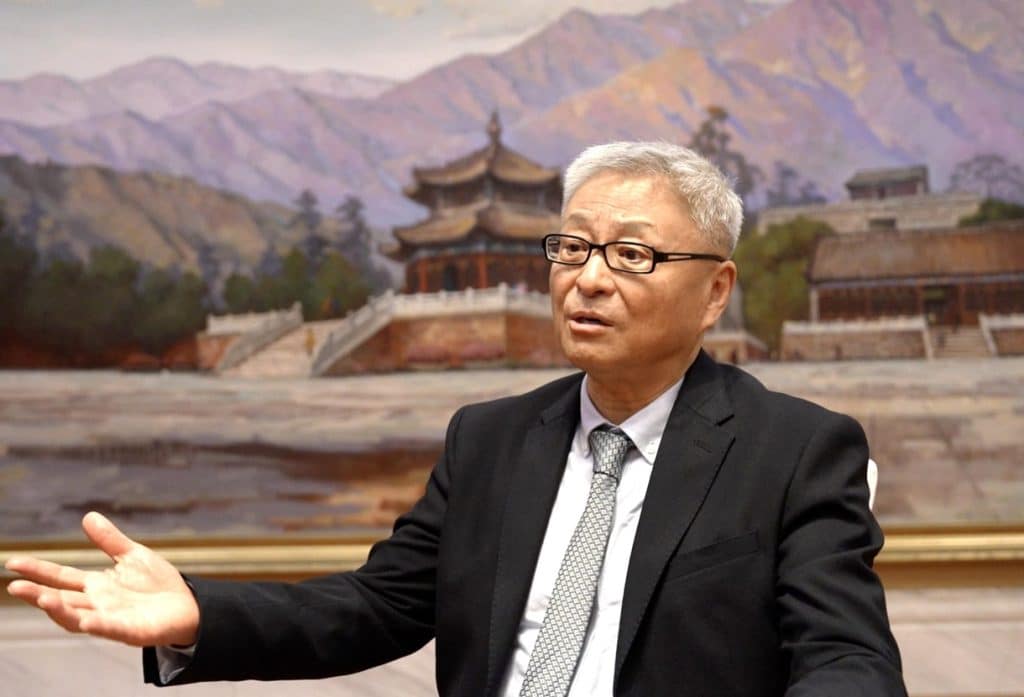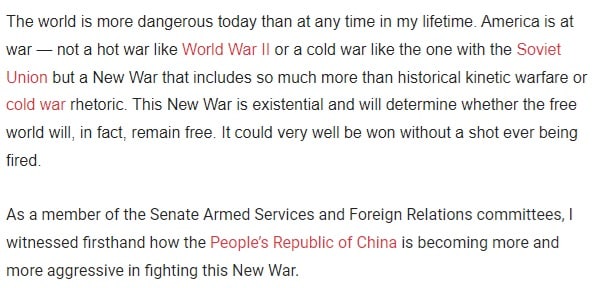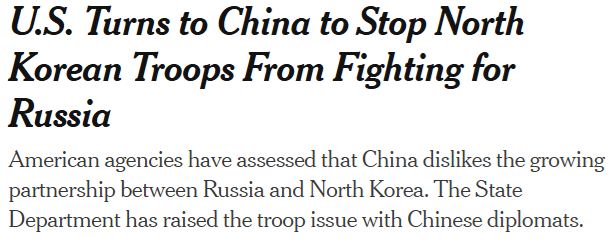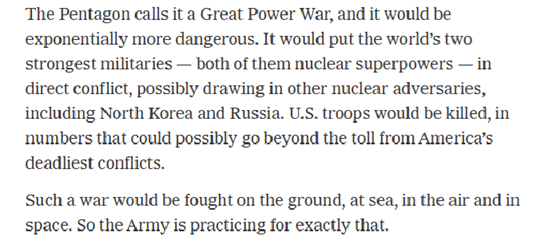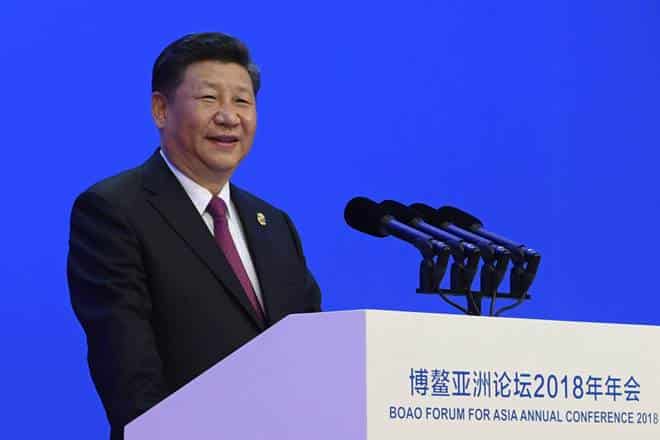Is China the"Sex and Labor Trafficking Capital of the World"?
作者:Yang Fu 来源:US-China Perception Monitor
On June 19, 2013, the US State Department released its annual Trafficking in Persons (TIP) Report. This year, China received a tier 3 ranking—a failing grade. The Chinese government is not too pleased. The TIP report assesses the degree and scale of human trafficking around the world and whether governments are doing enough to address the problem.
Since its publication last week, the report has reinvigorated criticism of China’s human rights and human trafficking record. Some commentators accused the Chinese government of being “too indifferent to make it a priority.” US Congressman Chris Smith called China the “sex and labour trafficking capital of the world.” Meanwhile, anti-human trafficking organizations commended the tier 3 designation to China. The International Justice Mission lauded “the bravery of the decision to downgrade China… despite the political ramifications.”
The Chinese Foreign Ministry spokesperson Hua Chunying responded, “No country can “rate” others by posing itself as an authority.” In a Global Times article, Liu Tao, a law professor with the Chinese People’s Public Security University, defended China’s human trafficking record: “China’s criminal law stipulates harsh punishment for perpetrators of human trafficking. And it set up special task forces to combat the crime at various levels.”
According to the US State Department, China suffers from pronounced trafficking in the country’s internal migrant population, while forced labor remains a problem in brick kilns, coal mines, and factories. Furthermore, China is still a significant source of girls and women put into forced prostitution around the world. The report points to the skewed sex ratio of girls to boys in China, a legacy of the one-child policy, as a driver for the demand of foreign women as brides and for forced prostitution. Foreign brides for Chinese men may originate from Burma, Malaysia, Vietnam, or Mongolia.
The United Nations Inter-Agency Project on Human Trafficking states that cross-border trafficking of Chinese women is increasing according to anecdotal evidence. Women between the ages of 14 and 20 years are the most likely to be trafficked. China has also been criticized for returning North Korean human trafficking victims to the DPRK, where they potentially face the death penalty.
During the past nine years, China has been placed on the tier 2 Watch List. China remained on this list based on a government plan to achieve the minimum standards for eliminating trafficking. However, China’s efforts to increase victim protection and cooperate with international organizations, as well as its use of social media to increase public awareness of human trafficking, were apparently insufficient.
The report recommended that China strengthen its legal framework to combat trafficking, including defining and separating different types of crimes; providing data on the number of criminal investigations and prosecutions of cases involving forced labor; investigating and persecuting government officials who facilitate or are complicit in trafficking; expanding victims services like counseling, medical, and reintegration services; and ending the forcible repatriation of North Korean trafficking victims.
The report is not without its own flaws. It remains unclear how the report is put together, how research in undertaken, and which sources are used. The report has also been criticized for its partiality. According to Aidan McQuade of Anti-Slavery International, the rankings are “inevitably coloured by US foreign and strategic interests.”
One of the main challenges in investigating and reporting on China’s human trafficking situation is the lack of information and transparency about the Chinese government’s efforts to combat human trafficking. The report itself admits that it was “difficult to accurately assess Chinese anti-trafficking law enforcement efforts, including the government’s statistics on trafficking-related investigations, prosecutions, and convictions.”
The TIP report remains the main tool used by the US government to engage governments about their human trafficking records. According to its website, the report is “the world’s most comprehensive resource of governmental anti-human trafficking efforts.”
Under US law, the US could put in place non-trade sanctions on tier 3 countries, which would limit US foreign aid and access to international financial institutions like the World Bank. This year, other tier 3 nations include Russia, Uzbekistan, Zimbabwe, Saudi Arabia, and Yemen.
In 2001, South Korea fell to Tier 3 as well, much to the horror of its government. By the next year, it was designated as a tier 1 nation again after the introduction of a Joint Task Force on Trafficking in Persons, which introduced prosecutors for the investigation of criminal organizations related to human trafficking. The South Korean government also stepped up its efforts in areas of victim protection and victim support programs.
While China’s record on human trafficking still leaves much to be desired, recent crackdowns have proven fruitful. In 2012, five Chinese nationals were arrested for trafficking 200 Burmese victims to metal and paper factories in Guangdong province. In December 2011, 178 children were rescued in a human trafficking bust. The Supreme People’s Court also delivers annual and semi-annual training courses on human trafficking and anti-trafficking in certain high-prevalent provinces. The government uses social media platforms like Weibo to raise awareness and disseminate information about human trafficking.
In April 2013, the Chinese government released a new eight-year national plan of action (it was released after the TIP Whether this initiative is enough to result in an improved TIP ranking for China is unclear. Regardless of China’s ranking in 2014, it is undeniable that the Chinese government must continue to confront the grim reality that is human trafficking.
Some disturbing facts about human trafficking:
For more information on China’s human trafficking problem and human trafficking worldwide, check out these sources:
- UN Protocol to Prevent, Suppress and Punish Trafficking in Persons, Especially Women and Children: full-text
- The Polaris Project: www.polarisproject.org
- La Strada International: European network against trafficking of human beings:www.lastradainternational.org
- Liberty Asia: www.libertyasia.org
- LexiNexis Human Trafficking Awareness Index: www.nexis.co.uk/humantrafficking.php
- Anti-Slavery International: http://www.antislavery.org/english/
- Radio Free Asia, Human Trafficking and Modern Slavery:http://www.rfa.org/english/news/special/HumanTrafficking/Home.html
Written by Yang Fu. Yang is a graduate student at The Fletcher School of Law and Diplomacy at Tufts University.
Photo: Playing cards showing details of missing children. From China Photos/Getty Images
来源时间:2018/4/6 发布时间:2013/6/28
旧文章ID:15831


